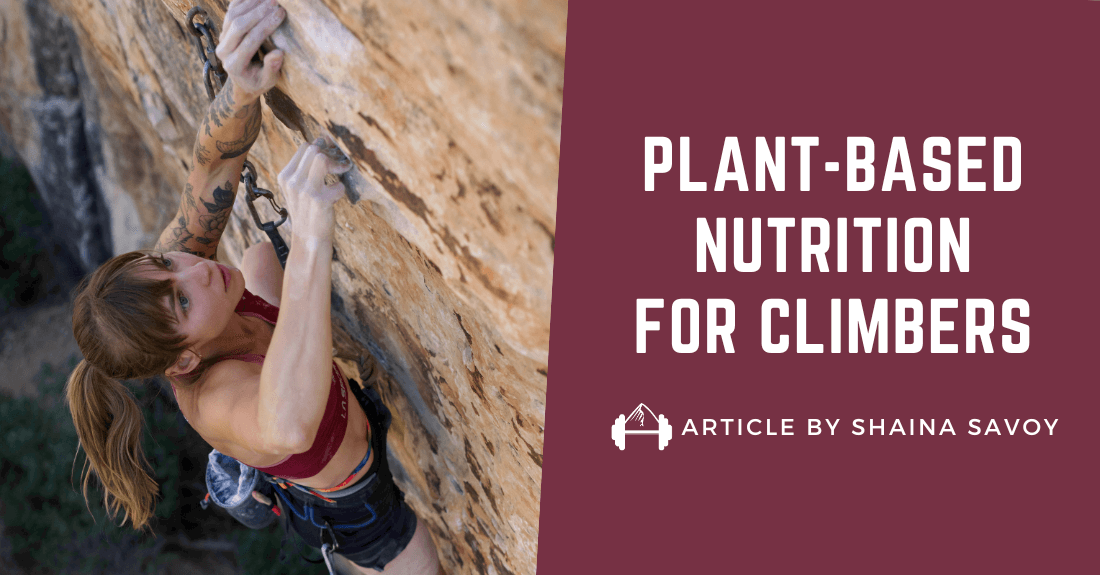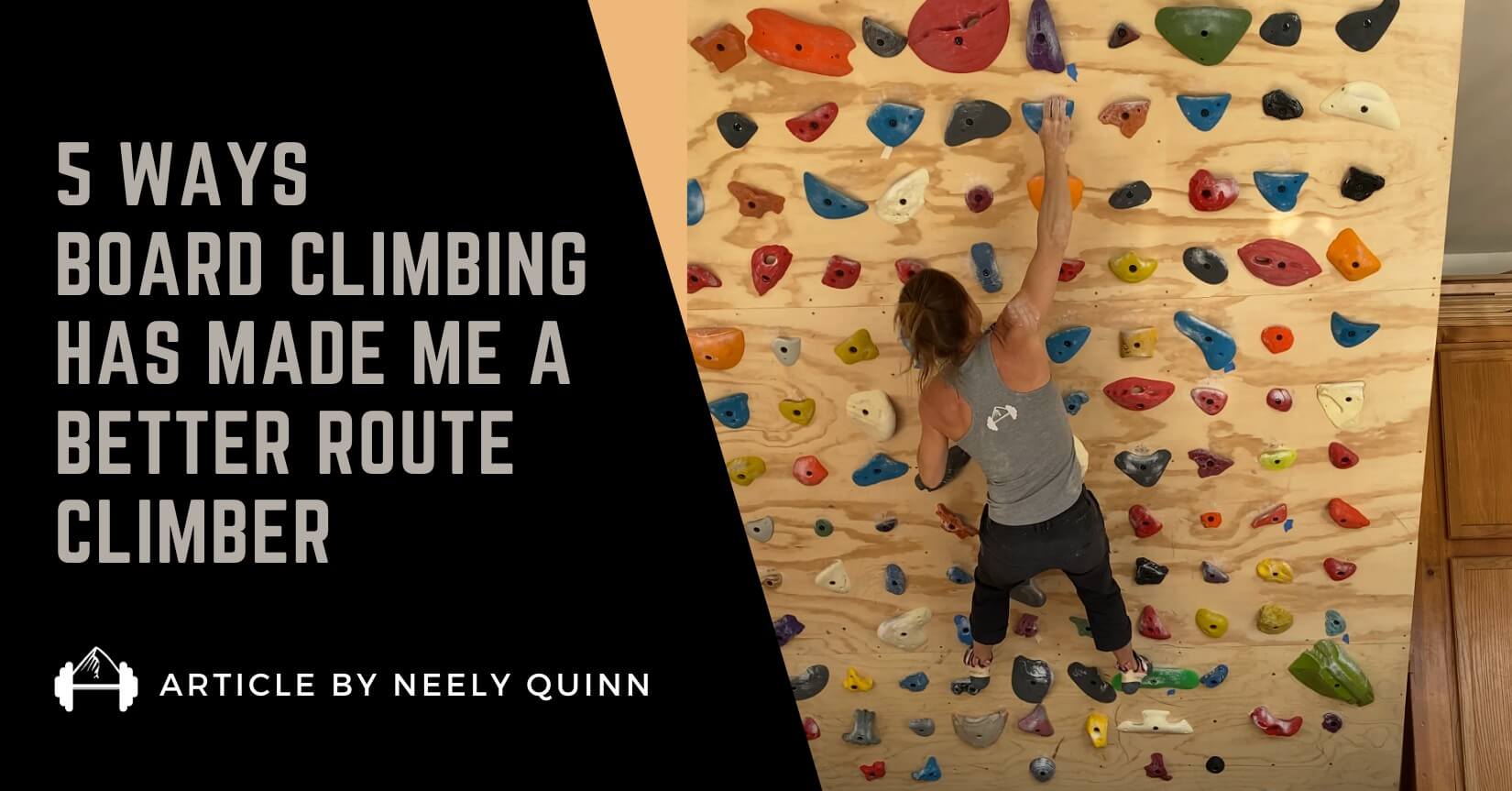Today, we have the second installment of an article series about technique written by UK based climber, coach, and author John Kettle. John was on the TrainingBeta Podcast where he talked about how improving his movement skills helped him break a decade-long plateau and improved his climbing from the V7 and 5.11d level to V11 and 5.13b.
If you aren’t familiar, this article is part two of three. You can find the first installment here. In the series, John outlines three technique habits that may be hindering your performance, how to identify them, and how to address them through specific exercises.
In this second installment, John discusses “trailing legs.” He describes how this habit may arise in the first place, what it looks like, and the symptoms that can help you identify whether this is something you do yourself. At the end, he gives you several exercises and drills you can add to your training routine that will help you address it.
Give it a read and stay tuned for the last installment! If you missed the first installment, find it here.
If you like what you see here, be sure to check out John’s book Rock Climbing Technique where he outlines in detail all of the drills and methods of technique practice he uses, both in his own training and with the climbers he coaches.

Three Technique Habits that Undermine Your Performance: Find and Fix Them
Part 2
For the second part of this series we’ll move down from the upper body to the lower limbs, and a habit that can linger long after climbers have become consistent mid-grade performers on both routes and boulders.
As for Part 1, I have split it into three sections to make the diagnosis and improvement process easier:
- Symptoms – The telltale signs to look for, that suggest this habit is one of yours
- Reasons – For those who like to know why they may have these unhelpful habits
- Solutions – The fix. How to practice in order to rebalance your skills with a combination of tactics and drills to practice at the wall and on the rock.
Trailing Legs
Symptoms
Dangling, trailing legs that follow the climber, tapping and scraping upward as they rock between footholds are a common sight on the crags and boulders, both inside and out. Indicators that this may feature in your movement habits include:
- Holes developing in the front of your shoe rand, where the front of the toe wears out before the sole becomes significantly worn
- A leg that repeatedly swings out as you catch handholds on overhanging ground, or habitually drags up, a few inches away from its foothold as your hand reaches the next hold on walls and slabs.
- An unbridled love of flagging, particularly indoors, doing it at least 5 times per route on every indoor route (even the easiest ones), often without knowing it’s happening.
The last two symptoms described above are – in specific situations – perfectly acceptable techniques that are required skills in the toolkit of any keen climber. Flagging is essential to creating balance, tension and force, while a trailing or swinging leg can be used to great effect to stabilise, create directional momentum, or instigate rotation around the centre of mass. The decrease in climbing efficiency comes when they are used constantly, habitually, by an oblivious climber in situations where alternative footholds abound, which offer much better balance and movement opportunities.
Reasons
Many reasons can be found for the trailing leg, most of which boil down to the climber defaulting to an upward, handhold focus of attention. It’s inescapably linked to top heavy muscle tension, and a need to grab holds for anxiety relief, rather than prioritising balance for forearm relief. Often the trailing leg is seen in relaxed, competent mid-grade climbers where it quietly lingers as a hangover from their early days of climbing, when they were more nervous and habits were being formed. Just because you feel confident climbing now, doesn’t guarantee this issue hasn’t persisted unnoticed.
Having a high indoor climbing mileage relative to outdoors is another potential reason for dragging and excess flagging: Indoor climbs typically have far fewer footholds than their outdoor counterparts, and those holds are far larger. Bigger footholds afford easier one-footed balance, and fewer footholds encourage more regular flagging. Together they can set frequent flagging and trailing legs as habits without it significantly costing the climber until they head outside onto rock, or start engaging with climbs at their physical limit.

Flagging itself is disproportionately attractive as a technique for indoor climbing for two additional reasons: Firstly it’s often discovered at the same time as turning side-on to the wall, in a ‘eureka’ moment that leaves strong positive associations with flagging as ‘a good thing’. Together, the two combined techniques (often known as ‘turn and flag’) are such a revelation to the indoor newbie that they rapidly become adept at both, but neglect the skill of turning without flagging. Thus they associate turning with flagging and often miss opportunities to employ two footholds while side-on, leading to habitual trailing legs.
The second honey-trap comes when climbers confuse high mental load with high physical load. Choosing one foothold instead of two (or more) each time a hand moves requires less decision making. Less decision making equals less mental effort and thus a more flowing, fluid experience for the brain. But it’s a trap! Our lazy brain lures us into habitual one-legged climbing, despite the cumulative cost it has to our forearms in many situations. Watch any world class climber and you will see they average several foot moves per hand move on all but the most basic power routes, or indoors where footholds can be extremely limited. They have practiced this foot-intensive style until it is deeply ingrained and requires no more mental effort than flagging.

What do your feet get up to when you’re focused on the gear and the handholds? The author on S.P.C, E3/5.11a
Solutions
Fixing this malady is about making individual foot-move decisions on rock have a low mental cost. You have already been through this process to master climbing the stairs efficiently: Because placing your feet on a stair requires minimal thought, you happily use every step on the way up, even though it requires more foot choices that just stepping four stairs at a time. You could get up those 100 steps faster by skipping some, but you know it comes at a physical cost – it’s less efficient, and you’ll finish out of breath with a ‘leg pump’ setting in!
The same principle can be applied to your climbing – many small steps is less effort that a few big ones in most situations, so this should be your first choice of action, only taking big steps when a specific scenario demands it. How can we practice this in a structured way?
1. Rainbow Feet: Indoors, widening the choice of footholds beyond one colour gives opportunity to make more sophisticated judgements about which ones afford the best balance for each hand move. If you notice you are still trailing a leg or flagging when every foothold is in, it is definitely a habit!
- Climb routes or problems of any difficulty, using all holds of any colour for feet rather than ‘feet follow hands’.
You may immediately notice the extra mental effort this takes – that is your skills getting worked, and gradually stronger! As you get used to it, take it onto hard routes at your physical limit, still using all holds for feet. The additional stress will ensure you can still move feet skilfully under pressure when it matters most.
2. No-cut board climbing: If steep (30+ degrees overhanging) board bouldering is part of your routine, this can be a great way to work on core control and top-heavy tension too:
- Pick problems two or more grades below your usual limit, and climb them with no cut-looses. Big jump moves won’t work for this, but in general it will increase you skill at setting up for moves with high feet, and maintaining high tension on low feet as you catch holds. The harder you work with your feet, the less strength and power your hands need at the hands.
In your regular board climbing, look critically at every cut-loose and ask yourself if it’s really necessary, or are you just relaxing at the core as you catch holds, making it harder for your arms?
3. Toe-pin flags: When you are flagging, the leg that is not on holds can still work for you as more than just a counter-balance:
Using all holds on an easy wall, climb, only moving a hand when one foot is flagging. Once you’ve got a feel for this drill, add in the Toe-pin: Every time you flag, pin the tip of your big toe aggressively against the wall. You will usually need to turn your foot to ensure it’s not just the inside edge of your foot pressing the wall. Notice how much tension this creates at the hips, and how it both stabilises the core, and helps initiate upward movement.

Between these three drills, and an increase in awareness of your leg behaviour, trailing legs and flags can become a less common occurrence.
Like all movements, there are many times when flags and trailing legs are necessary, the smartest approach move is to only use them when required, and then –as in this third drill – use them skilfully. With that in mind here’s an example video breakdown of what your trailing leg can do for you, when used purposefully rather than out of habit:
Watch Video Example on Instagram
In the third and final part of the series we’ll finish our top-to-bottom journey with a close look at the behaviors of our feet, and how to structure your skill practice to make sure new skills stick with you.
Go Back and Read Part One Here
About the Author

John Kettle is a long-time climber, a full-time climbing coach and an instructor for aspiring climbing coaches in the UK. He also recently wrote a book called Rock Climbing Technique, and you can find more about him on his website at www.johnkettle.com. He lives in the English Lake District, where he does most of his climbing and teaching.




Leave A Comment